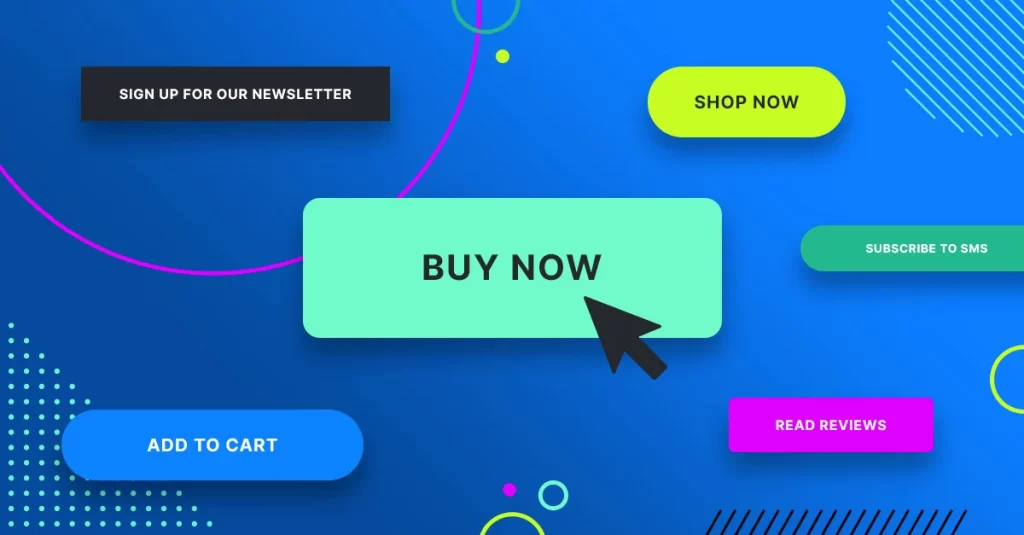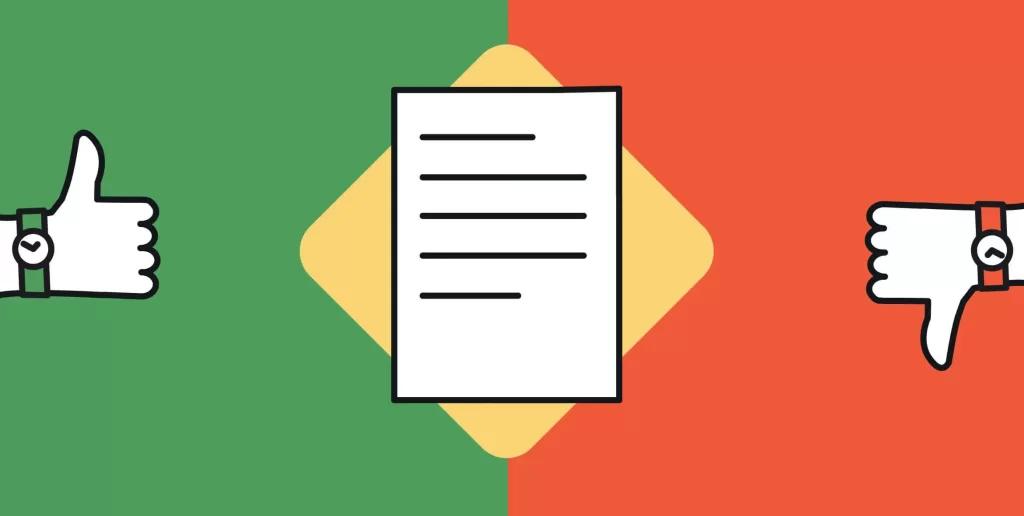How can you encourage customers to take action on your website?
Once you’ve determined that your company requires a new website, the next step would be to begin searching for a suitable web agency. Once you’ve found an agency that you’re interested in, what should you do next?

The most important aspect of creating a website is to determine what message you want to convey and to whom. The success of your website largely hinges on how well you can answer this question. Additionally, the quality of the design will also play a significant role. It’s important to keep in mind that your website is just one piece of the larger marketing and sales puzzle, and it should be integrated into your overall business strategy. However, this article will focus specifically on the initial steps involved in creating a website.
Many clients often underestimate the importance of their role in a website's success and the level of input they will need to provide.
In our experience as a web production agency, we have found that delegating all decisions about website content to the agency is not effective. The agency may not have sufficient knowledge about the client’s business, and the client should be actively involved in the decision-making process. Bringing together all stakeholders to collaborate on the website’s content is a more efficient approach.

You may be wondering, who exactly should be involved in this process?
To ensure a successful website, it’s essential to involve all stakeholders who will be utilizing the website for their business needs. This typically includes top management from marketing and sales departments, recruiting, PR and communications, and more.
To determine who to include in the process, ask yourself if you need to consult or receive feedback from this person before launching the new website. If the answer is yes, then they should be included.
By the way, if there are too many stakeholders involved, it’s important to gather the team and determine who should be part of the process and who can opt-out to ensure manageability. It’s recommended to have a team of 3-6 individuals. This group will collaborate with the agency in a workshop and follow a framework designed to determine what information to convey about your business and why. The framework’s goal is to discover how to engage customers with the website’s messaging and content. To provide a clearer picture, I will explain how we used this framework to create our studio’s website, adversun.com
Why do you need a website?
At the end, the purpose of a website is to prompt your audience to take action, whether that action takes place on the website or at a later time.
Who is your target audience?
They may include your existing or potential customers, partners, employees, followers, fans, and so on. It is acceptable to recognize multiple target audiences. However, the more information you have about your target audience, the better.
Potential Customers
Audience-
C-level management of small to medium Enterprise in English-speaking, Turkish-speaking, Persian-speaking and Arabic-speaking countries, looking to create a website, application or visual identity.
Potential Employees
Audience-
Young IT specialists in Asia. Not necessarily looking for a job at moment. Just curious.
Key actions and conclusions
What specific actions do you want your website visitors to take, and what key messages or information do you want them to remember after visiting your website? For e-commerce websites, the call to action is obviously crucial. However, in many cases, the website serves more as a tool for creating brand awareness and shaping the perception of your business.
Here are some key takeaways and actions we identified:
Potential Customers
Key Action-
Action: Contact us
-
Knowledge: We are an agency with an impressive portfolio and a smart, flexible approach.
Potential Employees
Key Action-
Action: email our HR department
-
Knowledge: This studio has interesting clients, a high-level design portfolio, nice teem and values fresh innovative solution.
Request for information. What is the audience looking for on your website?
What information are they searching for, what kind of questions do they have in mind? What might interest them? Here are the questions we think our audiences have when visiting the studio’s website:
Potential Customers
Questions-
Will this studio be able to help us with our task?
-
What is their portfolio like?
-
What is their approach?
Potential Employees
Questions-
Who are their clients and what types of projects the have?
-
Is their team big?
-
What is their team life like?
-
What open positions they have?
Challenges
What factors might hinder or prevent your audience from taking action or drawing conclusions? It could be doubts, trust issues, lack of understanding, fear, or even simple apathy. These are the issues you should address on your website.
Here are the challenges we have identified for our audience:
Potential Customers
Challenges-
Are they good enough?
-
Can I trust them?
-
Can I afford them?
-
What if they are those crazy creatives that are unmanageable?
Potential Employees
Challenges-
Will they have interesting projects for me?
-
Will learn new things with them?
-
Are they friendly?
-
Is this company stable, and will have a reliable job?
Proof
The challenge is to provide evidence while addressing the reader’s information needs, and this is where your agency’s creativity comes in to play.
The magic happens on the crossing of the customer request, their barriers, and your proof.
The art is to feed the reader with the proof while answering their information request. And this is the creative task your agency should be solving.

Now, let's discuss how your agency fits into this process.
The agency’s role in this process is to bring a fresh perspective and provide creative solutions to address the identified barriers and information requests. They can work with your team to gather insights and conduct research to better understand your audience and their needs. However, it’s important to note that the best source of information is often your own team, as they have a deep understanding of your business and customers. The agency can help facilitate discussions and ask questions that your team may not have considered. Ultimately, the agency should work collaboratively with your team to develop a website that effectively communicates your message and encourages the desired actions from your audience.

